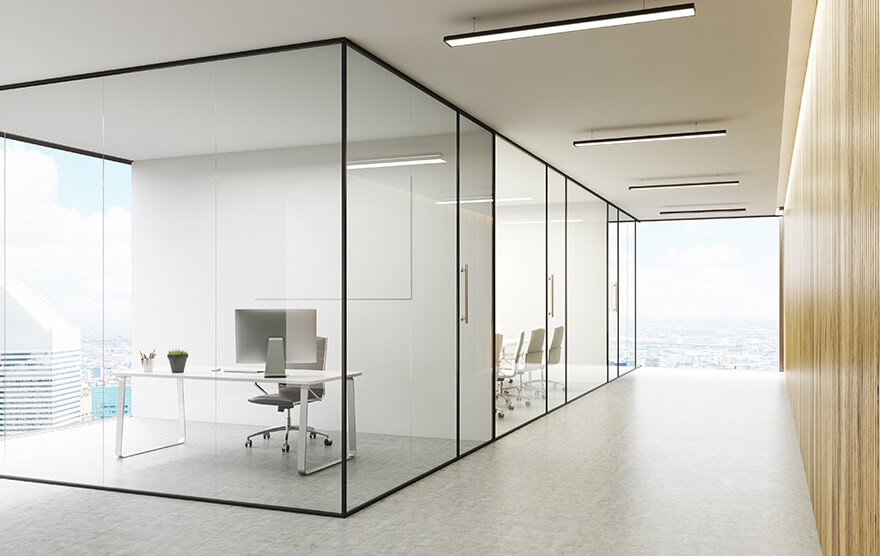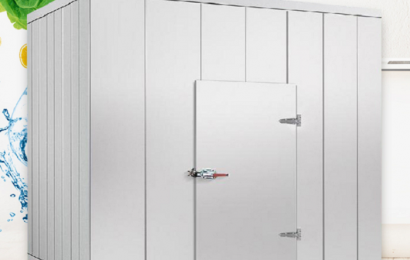
Having silent doors is important as they help manage the transfer of turbulence in residential, marketing, and industrial spaces. A silent door’s adeptness in soundproofing is measured not only by the materials used in its creation, but the isolation and decoupling of vibrational sound, is detracts both in terms of influence and materials used, as previously mentioned. Isolation, in tandem with accompanying decoupling, works on underrating or restricting the transfer of noise through door assemblies.
Herein, we discuss the techniques that guide the isolation and decoupling processes that increase the performance of a glass office with soundproof doors. In terms of acoustics, therefore, making your environment quieter and more affluent.
Isolation vs. Decoupling: What You Should Know
- Isolation inhibits the movement of sound strength along outlined physical pathways. Indoors, this means confining airborne buzz (voice, music, etc) and structure-carried noise (vibrations) transmission.
- Decoupling reduces the vibration transfer path by physically separating some parts of the door and the frame. “Breaking” these mechanical bonds makes it difficult for sound energy to propagate.
The primary purpose of these techniques, working in conjunction, is to reduce sound transmission by blocking the pathways through which sounds travel.
Isolation strategies for soundproof doors
1. Mass addition
Sound transmission can be reduced by adding mass to a door, for example, denser and thicker materials. Increased sound isolation is offered by heavier doors, as sound waves have difficulty vibrating them.
- Materials such as laminated acoustic glass, metal, and solid-core wood, custom doors transform the elegant doors into durable structures.
- Sound Blocking is further improved with a layer of mass-loaded vinyl (MLV) used to add a sound barrier.
Even though sound blocking is essential, the methods must be coupled with other techniques for optimum results.
2. Sealing Systems
Sound isolation serves little purpose if gap spaces are incorporated, permitting it to pass through. High-grade gaskets used as acoustic seals around door edges and footholds require special attention.
- Compression seals, drop sweep down, and magnetic seals form air-tight seals.
- Fitting the border protects spaces where noise bypasses the door flanking.
Soundproof Doors Using Decoupling Techniques
1. Floating Door Frames
The decoupled door is aimed to be suspended by the structural floating frame system, which allows the door holder to disconnect from the attached wall structure, surging off walls.
- This design makes use of precious resilient mounts or vibration isolation clips.
- Enclosing the frame and building structural elements reduces the shock vibration.
2. Mounts and Isolation Clips
Designed to be actuators, these components are off the door’s frame and wall, lowering the rigidity of the connection to the coupe.
- Made from bolts of rubber, neoprene, or spring mechanisms, they dissociate the machine connection.
- Commonly found in commercial and studio soundproof doors, they greatly improve STC ratings.
Conclusion
Isolation and decoupling techniques are the foundation of effective, high-performance soundproof doors. By implementing mass-addition, an airtight sealing system, a floating frame, resilient mounts, and a double-door system, you can reduce unwanted noise transmission significantly and create quieter, more comfortable, and private spaces.
When choosing or upgrading soundproof doors, please take these techniques into consideration and consult with professionals to ensure a proper design and installation. What you will end up with is a door system that really suppresses the unwanted noise and increases comfort, productivity, and efficiency in any environment.














